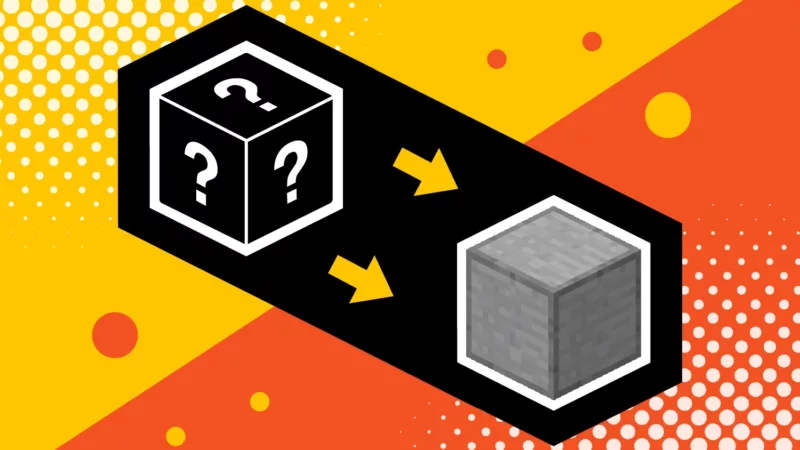
Even in 2023, Solitaire remains one of the most popular card games on the planet. Some people view it as a form of brain training, others that enjoy playing casually simply see it as a fun way to pass some time.
Either way, solitaire has an enduring appeal that few can quite put their fingers on. It’s even safe to say that not everyone is aware of the many versions of Solitaire, or even that in some places it is actually known as “Patience”.
Read on to discover the game mechanics and the most popular versions of solitaire enjoyed online today.
Where Did Solitaire Start?
It’s said that the first instances of card-based solitaire being played were recorded as early as the late 18th century, enjoyed by players across northern Europe and parts of Scandinavia. Card solitaire is also known as patience in parts of the world, most notably in Europe (including its Russian name). It is also said that solitaire was first devised as an alternative form of card-based fortune telling, sparking the interest and intrigue surrounding tarot.
According to Britannica, a book in Germany published in 1793 describes “patiencespiel” as a game between two players that take turns to lay bets on the outcome of the cards revealed.
Collections of solitaire games were also published in the early 19th century in Russia, France and Germany. Meanwhile, iconic author, Charles Dickens, described Magwitch in Great Expectations as a “complicated kind of patience with ragged cards” – suggesting that the game had already become firmly entrenched in British popular culture by the mid-19th century.
Essentially, a game of solitaire will feature at least two of the following features:
- At least one pile of cards must be created in numerical order, usually of the same suit.
- Players use between one or two decks of shuffled cards to build their sequences.
- A layout of cards that’s either empty or pre-filled at the start, which can temporarily place cards that can’t be put into a building pile immediately.
- At least one pile of “waste” cards that can’t be stored or added to a building pile.

Popular Solitaire Games
If you’re wondering which game of solitaire to start with, it’s probably a good idea to kick off with the most popular iterations. Below, we outlined six of the best solitaire f2p games you’ll find online in 2023.
1. Klondike
Klondike has established itself as the most popular form of solitaire available online. The origins of the Klondike variant of solitaire are said to be rooted in the Klondike region of Dawson City, Canada. Legend has it that the “Gold Rush” era saw Klondike solitaire being played by the miners to pass the time in the 19th century.
One of the main reasons Klondike solitaire stormed to mainstream popularity was its insertion into the suite of games available to users of Microsoft’s Windows 3.0 operating system.
How Is Klondike Solitaire Played?
- Using a 52-card deck.
- Players must arrange cards by suit, with the ace at the top and ending with the king at the bottom of the column.
- The cards are placed into seven piles, with each card faced down – except for the top card of each pile.
- To reveal the card underneath, you need to build sequences and switch cards between piles to try and complete each column.
- The cards unable to be placed immediately into piles are put into their own “stock” pile, ready for use to complete sequences at a later point.
2. Spider Solitaire
Spider Solitaire is comfortably the second most popular version of solitaire online today. Bettered only by Klondike in terms of player numbers, Spider Solitaire offers a different test for new and seasoned solitaire players alike.
It is a two-deck game. The setting of the “tableau” looks and feels similar to Klondike, but it’s considerably more challenging, especially if you include two or more suits in the game. In fact, your chances of winning a game of Spider solitaire are said to be no better than one in three, which is often motivation enough to give it a whirl.
3. FreeCell
If you prefer the idea of a strategic form of solitaire over a pure game of luck or chance, consider FreeCell. It resembles the appearance of Klondike solitaire, but it requires a more considered approach to complete the game.
Probability is said to be on your side here, though. Just 1% of deals are said to be entirely unsolvable. FreeCell solitaire is a single-deck game, like Klondike, however, all cards are dealt in this version with no “stock” pile offered.
The biggest difference between Klondike and FreeCell is the presence of four “free cells” within the game’s tableau. These cards can be placed into these cells and held, waiting to free the cards beneath them. Whenever a card is placed in a free cell, it can only be used again to improve a pile or sequence, not to swap cards.
4. Tripeaks
Tripeaks was a variant of solitaire devised by a man named Robert Hogue in the late 1980s. Hogue, a data analysis boffin, studied his new version and determined that over 90% of all Tripeaks solitaire deals are winnable.
The name “Tripeaks” is given due to the three mountain peaks on the display of the tableau. The mission here is to clear all the cards from the tableau by deconstructing the pyramids. Players can do this by creating card sequences of cards one higher or lower than the previous card, no matter what suit. It’s played across a single 52-card deck.
5. Pyramid Solitaire
Pyramid Solitaire is given its name based on the shape of the game’s tableau or layout – spoiler alert, it’s one big pyramid!
Although it looks like a relatively simple game mechanic, Pyramid Solitaire carries one of the lowest probabilities of winning, making it a stiff test for seasoned players. The tightest game conditions allow you to only go through the “stock” pile once, giving you a 2% chance of winning!
6. Yukon Solitaire
Yukon Solitaire is the final selection in this list, which is inspired by the most popular version, Klondike. The twist is that it carries very different game rules that provide a new layer of complexity altogether.
The aim for players of Yukon solitaire is to create four “foundations” based on suit, beginning with aces and ending in kings. However, the biggest rule change is the way the cards are shifted across the tableau. That’s because there is no stock pile for use.
In short, there are a plethora of solitaire card games free to play online, with various rule changes that can add refreshing twists to your gameplay to keep you on your toes.









